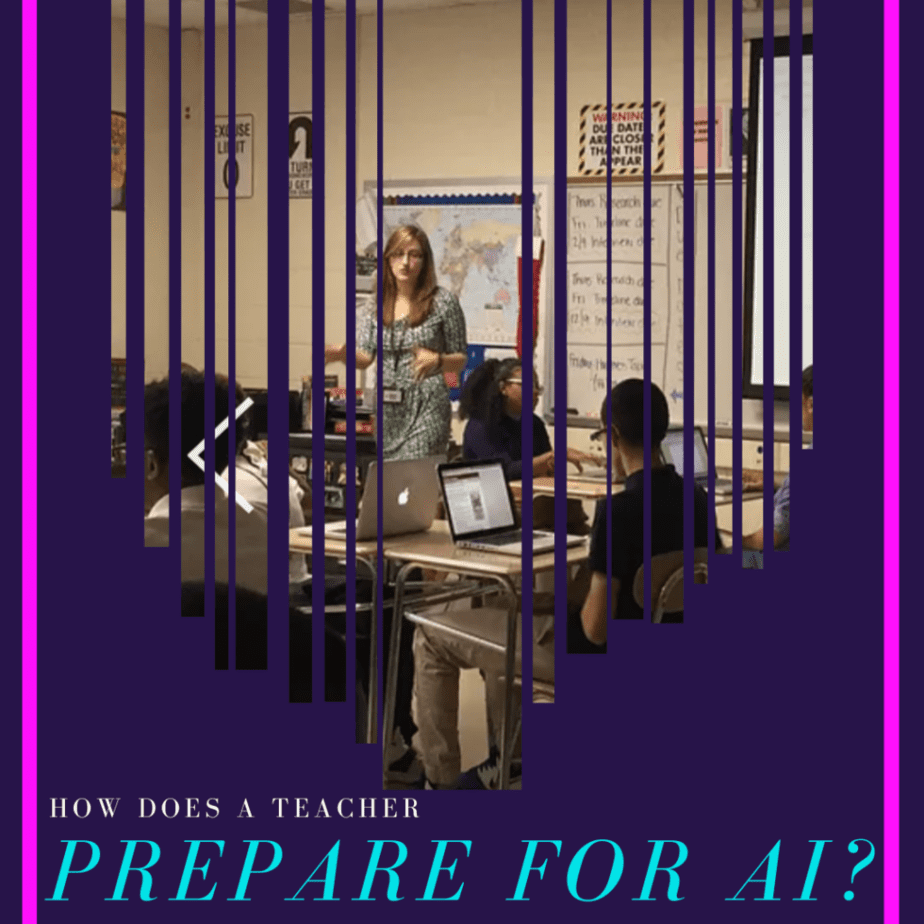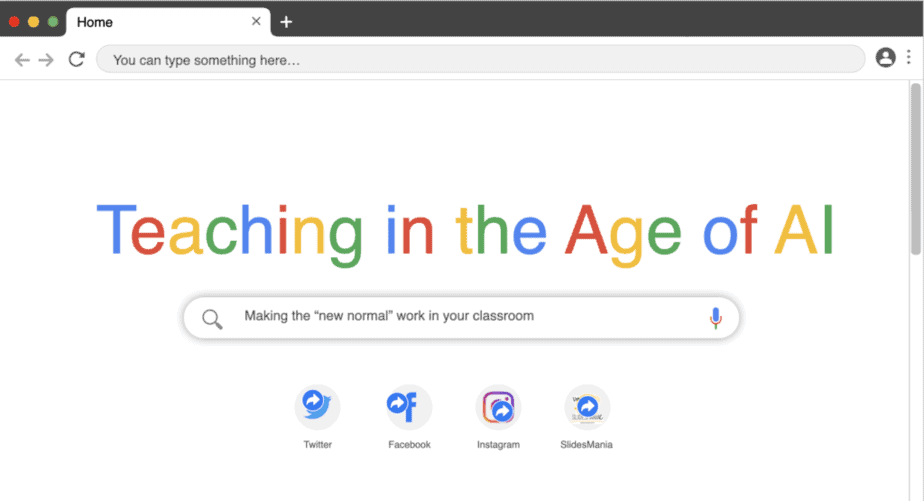AI for Education: Problems, Solutions, and the K-12 Teaching and Learning Experience
AI for Education is revolutionizing the way we learn and teach. There is a lot of fear on behalf of those in education in regard to how this will affect the learning experience for our students. The use of artificial intelligence in the classroom, or even the potential of AI interference in learning, is a reality as the AI era starts to boom, but how are teachers being prepared for it?
Whereas many feel that there is no place for virtual reality in the classroom setting, there are ways for it to help in the learning process without feeling like machine learning is taking over. We need to know how to adapt to the reality of such technologies while keeping the integrity of our teaching and also accepting the reality of the world in which we now live.
AI for Education: The Good
For starters, the concept of generative AI is not all bad. By harnessing the power of artificial intelligence, educational institutions can provide personalized and efficient learning experiences, improve teacher productivity, and enhance the overall quality of education. With AI-powered tools, educators can analyze student performance data, provide real-time feedback, and create custom learning paths for each student, ensuring that everyone has the opportunity to reach their full potential.
This allows for models of instant feedback and also the ease of administrative tasks in our daily lives. It helps focus more clearly on a student’s needs in terms of student learning and growth. Looking from this lens, the concept of AI education isn’t so awful.
AI in Education: The Bad
However, while that sounds all well and good, where does that put the future of education in terms of personal information and privacy concerns? The use of AI in education raises important questions about the privacy and security of student data. As AI systems gather and analyze large amounts of student information, there is a risk that sensitive information may be shared or misused. This raises concerns about who has access to this data, how it’s being used, and what measures are in place to protect student privacy.
It’s critical that educational institutions take these privacy concerns seriously and implement strict security measures to ensure that student data is protected.
Additionally, the use of AI in education also raises ethical questions about the role of technology in education. While AI can provide valuable insights and improve student outcomes, it’s important to consider the broader implications of this technology, such as the potential for job loss and the impact on student creativity and critical thinking skills. To ensure that AI is used ethically in education, it’s important to carefully consider the potential consequences and establish clear guidelines for its use.

Can Teachers Prepare for This?
While the number of education initiatives in regard to these new tools is all well and good, the use of technological advancements within our learning environments means nothing if teachers are not given the tools to properly counter concerns (like cheating) within their lesson plans. Many types of assignments that we have relied upon for decades can now be completed at the mere push of a button without thought involved and that is obviously not what we want when attempting to educate our students and ignite their intrinsic motivation.
While, yes, we need to adapt and grow, we need to be given the tools to know how exactly to go about doing this. Plainly stated, AI isn’t going anywhere and it is going to be a thorn in the side of education today if we don’t adapt our k-12 classrooms and educational best practices to acknowledge this adoption of AI and in order to fully utilize the benefits of AI in education.
It’s absolutely essential that teachers receive the proper training and support on this.
This includes not only training on the technical aspects of using AI tools, but also on how to effectively integrate AI into their teaching practices. Without proper training, teachers may not be able to effectively leverage AND counter the power of AI, which could limit its potential impact on student learning outcomes.
School support and Training (or not)
The thing is, I am confident that most school districts are not taking the time to do this. While many administrative teams are still trying to push the narrative that we are “back to normal” after COVID, we are not only in a completely different arena than before, but now we have things like AI coming at us as well.
There is so much potential here to really propel our classrooms with a competitive advantage with the information that is right in front of us, but teachers can’t take the time to figure it out on their own (it’s sink or swim right now in entirely too many places) and the higher-ups are also putting out their own fires (which, also sadly in many places, feels like they’re lighting them as well).
How to Quickly Learn More about AI in the Classroom
I put together a very simple, free workshop for all teachers like you who want to get a leg-up on this technology and redirect your classroom for the *actual* new normal. If you’re trying to find a way to find that balance with your Generation Z or Generation Alpha students, this is the first step in making that happen.

This 40-minute workshop, “Teaching in the Age of AI“, is designed specifically to explore the latest developments in AI education, help you understand the potential benefits and concerns of using AI in the classroom, and show you how to use this technology to create a better learning environment for your students. By attending, you will gain insights into how to effectively counter common issues such as cheating, “null and void” activities, and other worries, and learn how to easily adapt your lesson planning so AI is not a concern. With practical tips and expert insights, this webinar is a must-attend for any teacher looking to stay ahead of the curve.
And the best part? Attend 100% of the workshop, and you’ll receive a 40-minute PD certificate upon completion.
This is your chance to take your teaching skills to the next level, and learn how to use AI to create a better learning environment for your students. With the knowledge and skills you’ll gain, you’ll be able to not only keep up with the ever-evolving world of technology but also stay ahead of the curve. You’ll be able to engage your students like never before and create a classroom that’s both dynamic and interactive.
Sign up for the webinar today and start seeing the positive impact on your students and yourself!






3 Comments
Keri
Math teachers have been grappling with this for YEARS. First with a 4-function calculator, then with graphing calculators, and recently with PhotoMath. Seriously, PhotoMath can do just about any math problem a K-12 and many non-college math majors are doing. Much of math has been outsourced to computers for a long time. But there still needed to be people to oversee and quality check what was being outputted- did it make sense? In the k-12 world, we had to get creative, especially during the pandemic when students were not in the same space as us. Talk to the math teachers around you. We have been dealing with this for a while now.
About the Author: Jenn Breisacher
Yes!!!! I would love to collaborate with some math teachers to discuss best practices that they have found to work. None of us are on an island here, that’s for sure.
Eva Tutor
I just finished reading your article on AI for education, and it’s incredibly insightful. The exploration of AI’s potential in transforming education and personalized learning is impressive. It’s great to see how AI can support students’ individual needs and enhance their learning experiences. Thank you for sharing these valuable insights. Well done!